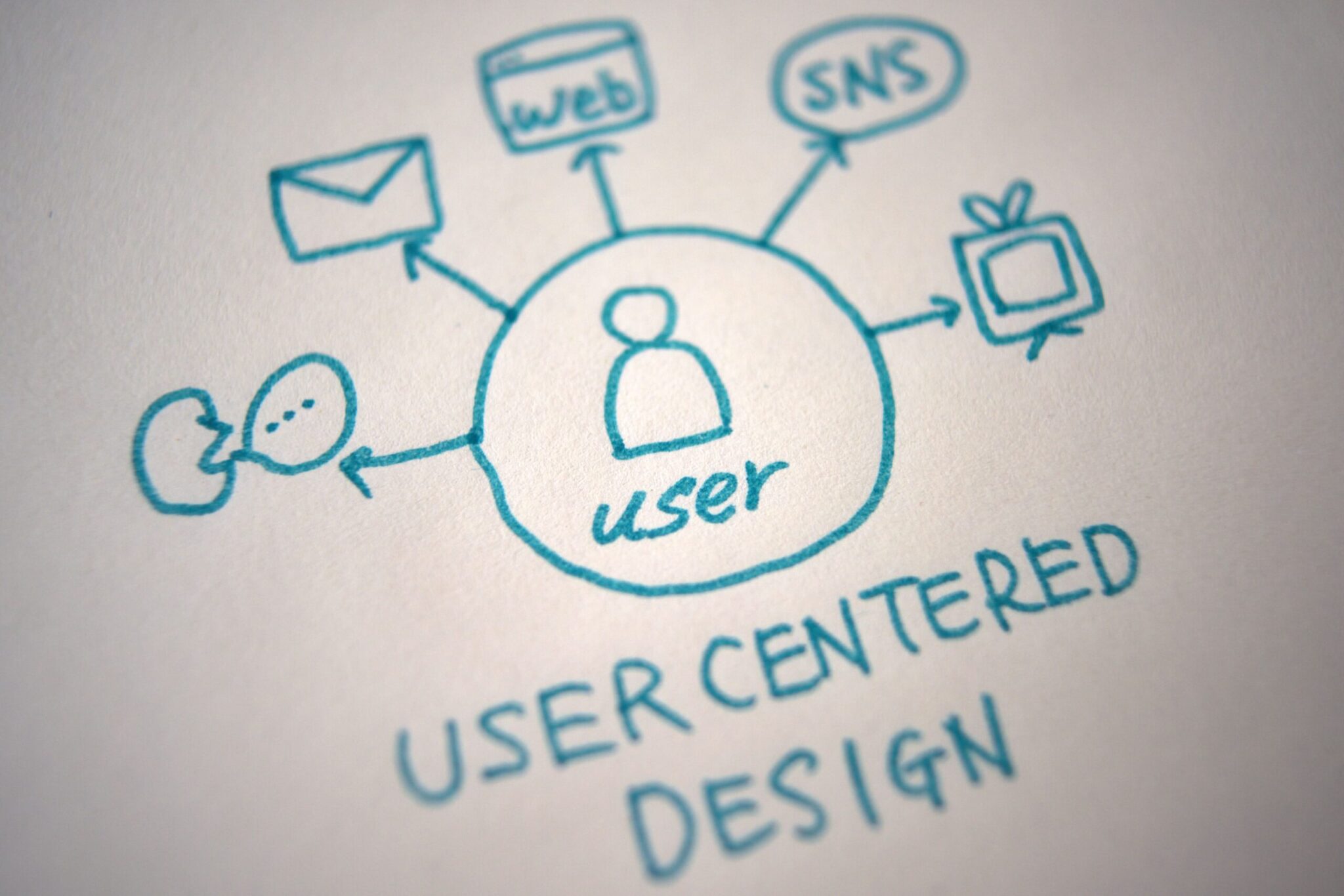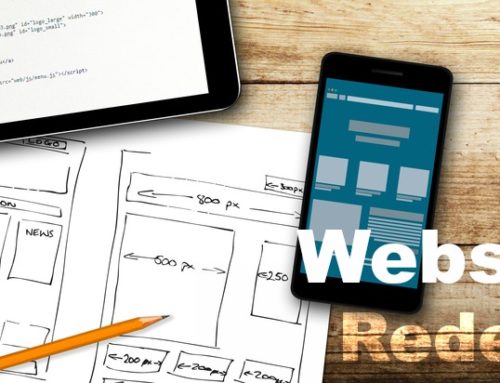Prioritizing user-centric web design has become imperative in this ever-evolving digital landscape. User-centric web design transcends mere aesthetics, focusing on the art of creating online experiences that genuinely engage users. Adopting a user-centric approach in web design not only enhances user satisfaction but also elevates conversion rates, ultimately paving the path to business success. This article delves into the core principles of user-centric web design and its profound impact on your website or online platform.
What is User-Centric Web Design?
Often referred to as user-centered design (UCD), this strategy places the user at the heart of the design process. It’s about deeply understanding the preferences, behaviors, and needs of your audience and shaping your site’s functionality, content, and overall design to meet these requirements. The goal is to create experiences that are intuitive, efficient, and enjoyable.
Five Key Principles of a User-Centric Web Design
- Understanding Your Audience: Researching your audience is crucial. This involves identifying their demographics, goals, and challenges to guide your design decisions. Tools like surveys, interviews, and usability tests are instrumental in ensuring your site caters specifically to the needs of your users.
- Usability and Inclusivity: Easy navigation and accessibility are key. Your site should allow quick and efficient information retrieval, and it should be accessible to all, including those with disabilities, adhering to guidelines like WCAG.
- Strategic Content: Content is critical. It should be relevant, valuable, and clear, resonating with your audience and effectively conveying your message.
- Adapting for Mobile Use: Considering the growing use of mobile devices, it’s important to design responsively. This ensures a seamless experience on various devices and screen sizes.
- Consistent Experience: Maintain visual and functional harmony across your site. Familiar design elements and layouts facilitate easier navigation and enhance the overall user experience.
By applying these principles, your web designs will not only be visually appealing but also functionally effective, leading to user satisfaction and business growth.
FAQs
Q1: Why Focus on a User-Centered Design? It’s vital as it aligns your website with the expectations and needs of your audience, leading to enhanced engagement and better outcomes for your business.
Q2: Starting Point for User-Centered Design? Initiate with audience research. Develop user personas, conduct tests, and gather feedback, using these insights to guide your design choices.
Q3: What are Common User-Centered Design Features? These include intuitive navigation, quick-loading pages, mobile-friendly designs, readable fonts, and accessible content.
Conclusion
This user-focused approach in web design is not just a trend but a fundamental strategy for creating successful online platforms. By prioritizing the needs and preferences of your audience, you’re set to develop a site that excels both in appearance and functionality, leading to user delight and business advancement.
Interested in adopting this approach? Contact T.E. Digital, where our expert designers are ready to help you create a site that truly resonates with your audience.






Leave A Comment